What to plant in November – the best vegetables and flowers to grow this month
Need inspiration for what to plant in November? Find advice on the best vegetable crops, shrubs, trees and flowers to grow now
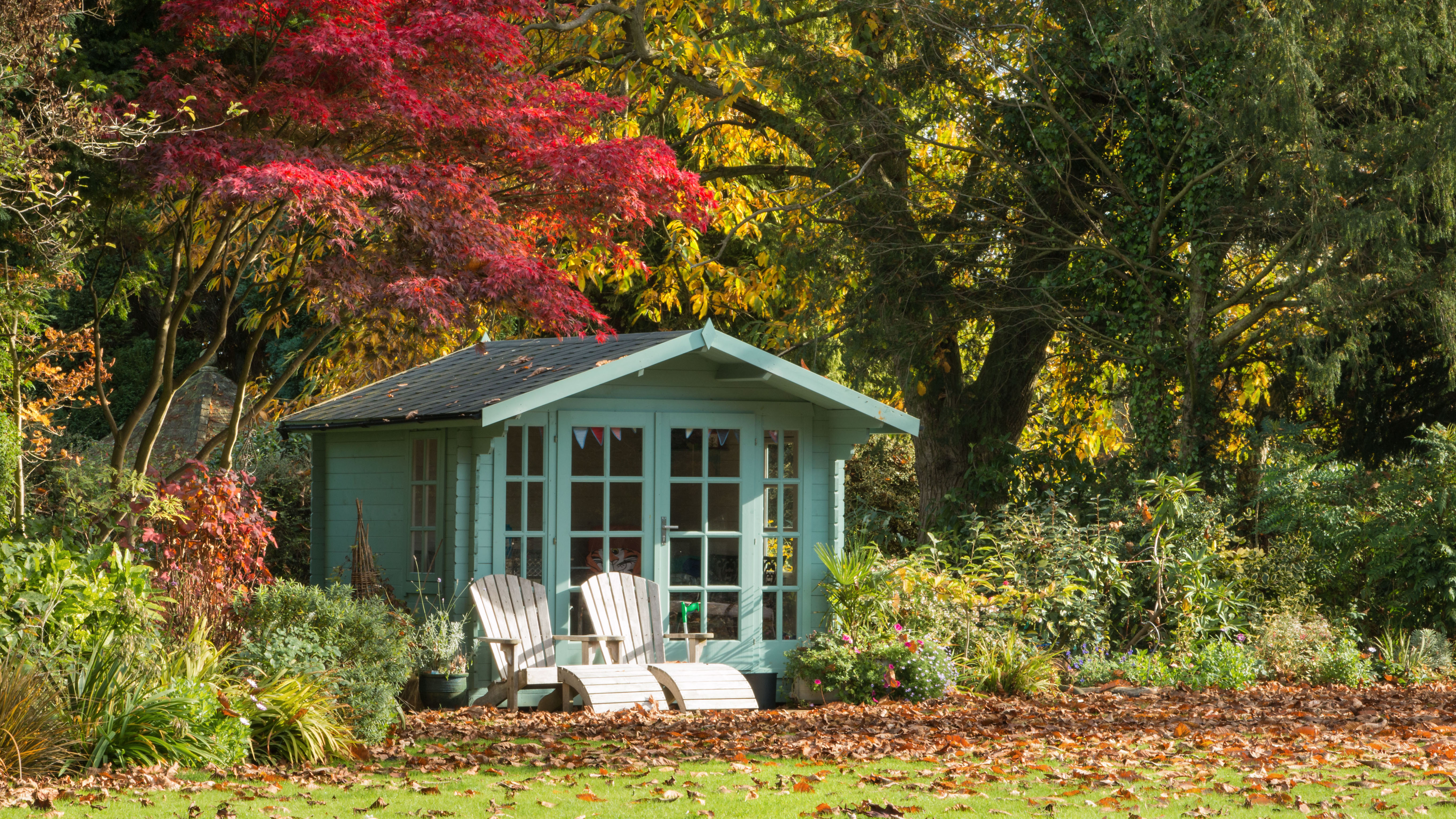

There are lots of options for what to plant in November, even though you might feel a distinct chill in the air where you live.
At this time of year you can, in fact, take advantage of the slower pace of growth in the garden, and get a clearer vision of what you want to plant for the months ahead.
If you live in colder, northern parts of the country you may need to pay a little more attention to protecting plants from the colder weather, but that should not deter you from getting out, planting, sowing and growing as part of your garden ideas.
What to plant in November – veg crops to sow now
'November is still a great month for planting in the garden, both for northern and southern gardeners,' explains Nicole Burke, founder of Rooted Garden and author of Kitchen Garden Revival – A Modern Guide to Creating a Stylish, Small-scale, Low Maintenance Edible Garden.
'For those in the south, where the first frost is not until December or even January, November is the time to grow loads of greens, root crops, peas and even potatoes.
'In northern parts, even if the first frost has already occurred or it's coming soon, there are still things to plant,' Nicole continues.
You can be creative with your November plantings if you're willing to do a little bit of covering and add protection to your garden over the next few months. You can still grow many of the leafy greens they're planting down South, you just need a frost cloth, cold frame or glass cloche to protect your salad greens when frost or snow arrive.
There are many veg options to plant in November.
1. Kale
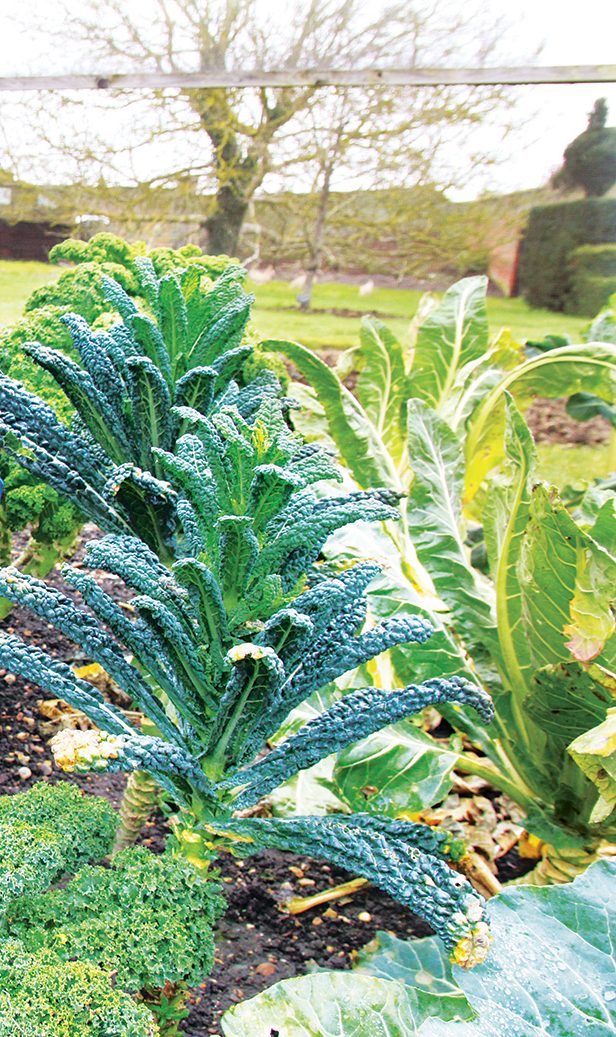
You can't go wrong with kale when considering what to plant in November.
'We use the month of November to plant all sorts of greens ranging from kale to Buttercrunch, romaine, arugula and swiss chard. These plants grow best when planted directly as seed in the garden, and many are frost tolerant if not frost resistant, particularly kale,' explains Nicole.
This hardy, healthy and tasty crop makes a great addition to the kitchen garden, and once you have mastered how to grow kale from seed, you'll be adding this original superfood to all manner of dishes.
'The more savoy (bumpy) the leaves of your greens are, the more resistant to frost they'll be. So, it's safe to plant lots of kale. Plants will slow down their growth, especially when sunlight hours decrease, but you'll be amazed at the greens you can harvest even when it's freezing outside,' says Nicole.
2. Purple sprouting broccoli – winter sprouting broccoli
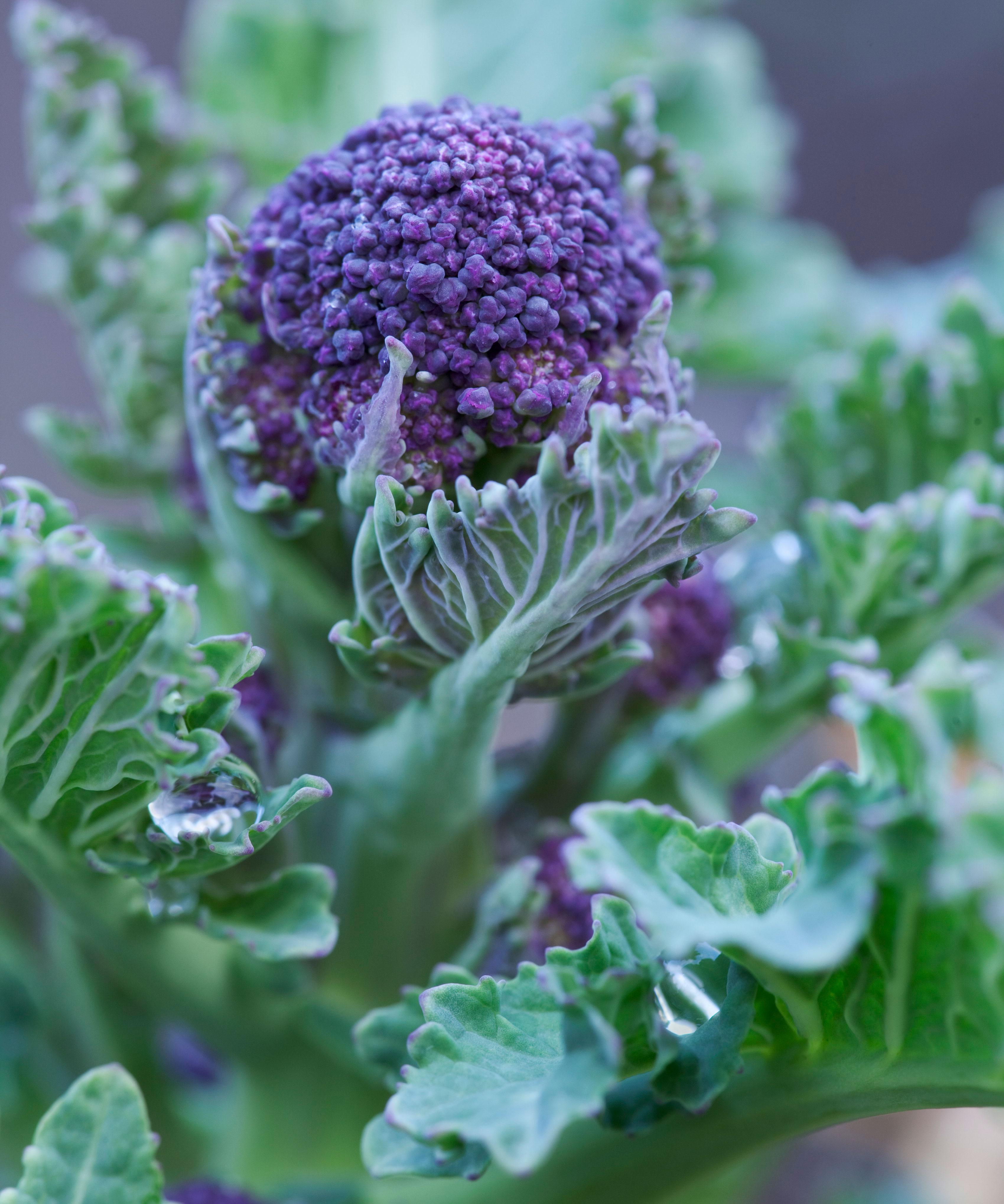
Now is the ideal time to sow both green and purple sprouting broccoli, so it will be ready to harvest next spring.
Purple sprouting broccoli plants are very cold hardy and can survive temperatures below 10 °F. (-12 °C). In fact, winter sprouting broccoli is enhanced by exposure to cold temperatures as it needs a long time to mature.
'November is the perfect ideal time to get preparing and planting for the seasons ahead, so your vegetables will be ready and fresh for the following spring and summer. This allows plenty of quality time for the roots to firmly establish themselves,' explains Mr Mitford, garden expert at Hawkstone Hall .
As well as using cover to protect your plants from frost where necessary, 'remove leafy growth from plants to reduce the risk of mold growth. Keep an eye on your plants a little bit more than usual,' Mr Mitford continues.
Grow purple sprouting broccoli as part of your plans for successive crops to harvest in your vegetable garden ideas.
3. Carrots
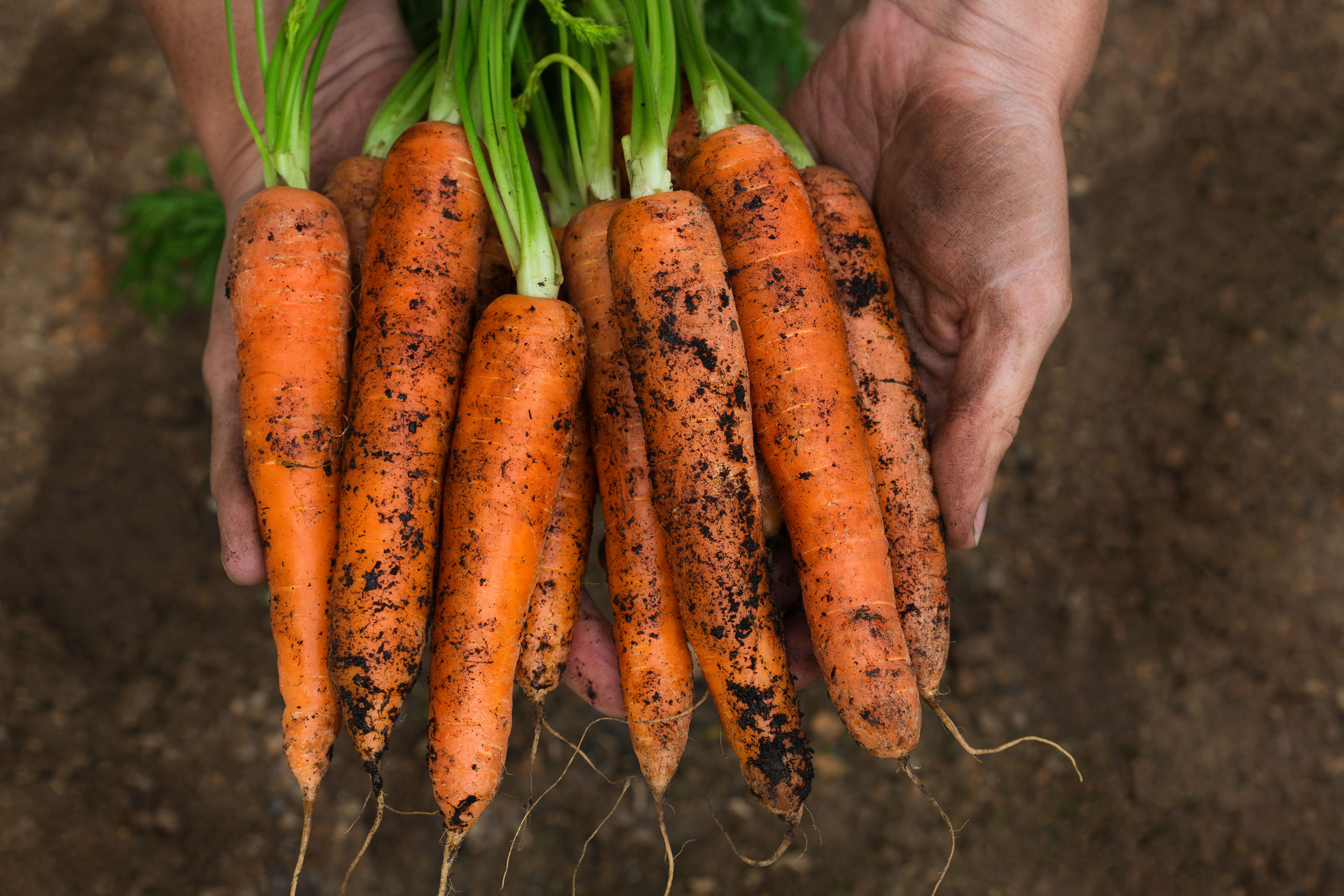
Carrots can thrive when planted in November.
'One of the great things about seed planting in November is that seeds tend to germinate better,' says Mr Mitford.
'November is a lively time here in the kitchen garden. We embrace what this season has to offer and we’ve been planting carrots, as well as, spinach, beetroot, salad onions, lettuce, salad leaves and radish.'
Nicole Burke also recommends planting beds of carrots in November. 'These plants need enough room for each seed to become the full sized root, as well as at least six hours of direct sun,' she advises.
Ideal for a novice gardener, it's not difficult to learn how to grow carrots, and they also make an ideal container grown crop.
'November is a great time to make the most of the final season of the year and really stretch what you think is possible in the garden. There's really nothing to lose but a few extra seeds and so much to gain,' Nicole adds.
Flowers to plant in November
If you want to have robust and strong spring flowers, November is the time to sow some of the hardy annuals, along with certain flower bulbs.
1. Tulips
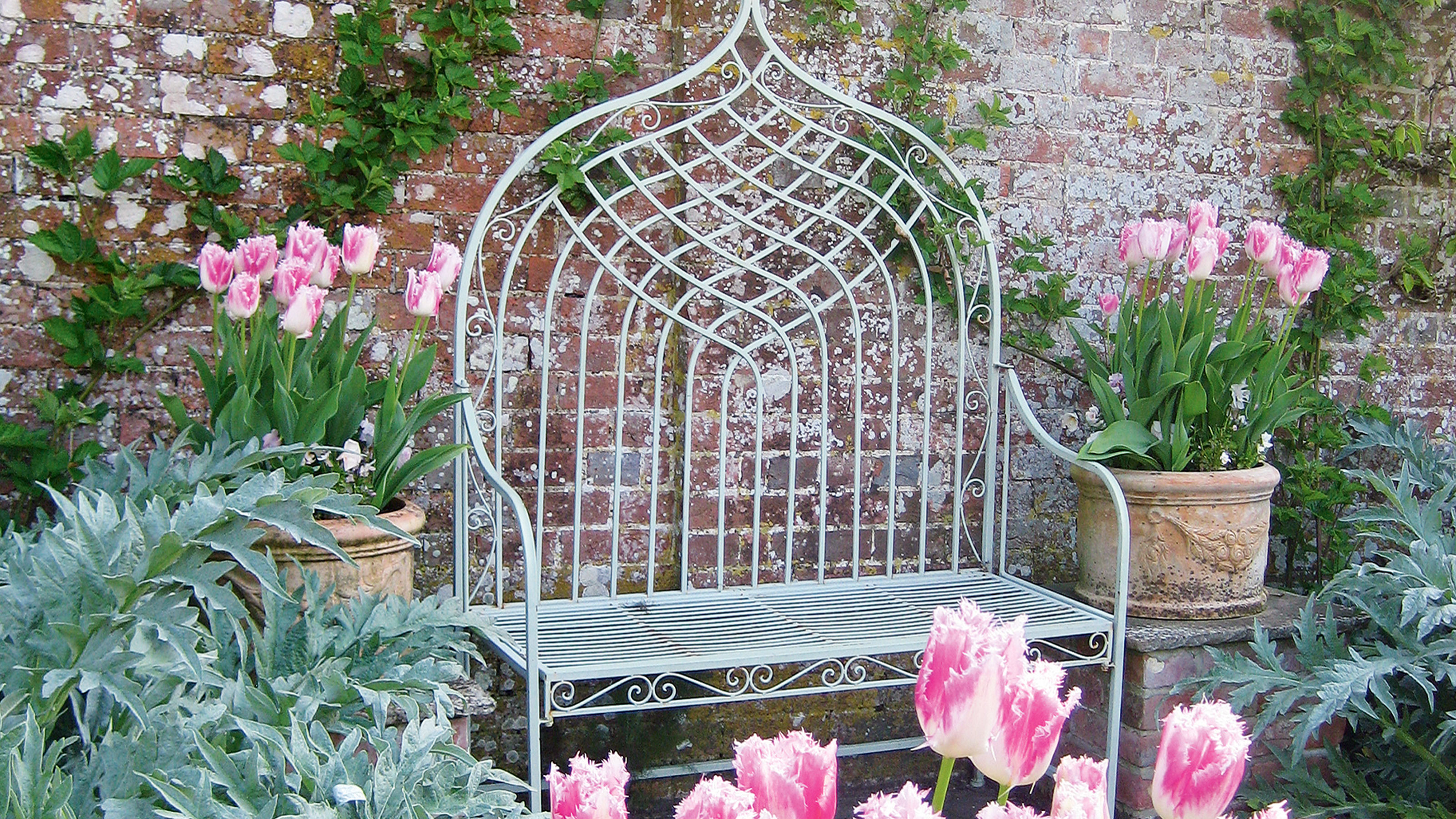
Beautiful tulips in their varied forms fill spring gardens with a riot of color.
'Now is the best time to plant tulips, ready for the spring,' advises Chris Bonnett of Gardening Express.
'It's believed that the cold stops fungal diseases that live in the soil in the hotter months,' Chris adds.
Easy to grow from bulbs, plant your tulip in well-drained soil, adding in some grit or sand if you have heavy soil. Choose a sheltered spot that is protected from strong winds.
Dotted throughout beds and borders, tulips will delight with their display of rainbow colored blooms from March to May, and are one of the best flowers to plant for spring.
2. Poppies

Hardy annual varieties of poppies can be sown in November.
'Sowing poppies now, rather than in spring itself, should give you a better flower and is one less job to do next year,' says Mr Mitford.
'If you buy seeds, follow the instructions on the packet, paying particular attention to planting depth,' he adds.
Prepare the soil be removing weeds, water the ground and then sow the poppy seeds direct on to the well-prepared soil where you want them to flower.
Annual poppies can often be planted as part of a wildflower mix, so why now learn how to make a wildflower seed bombs to create your own mini meadow effect?
3. Ornamental cabbage
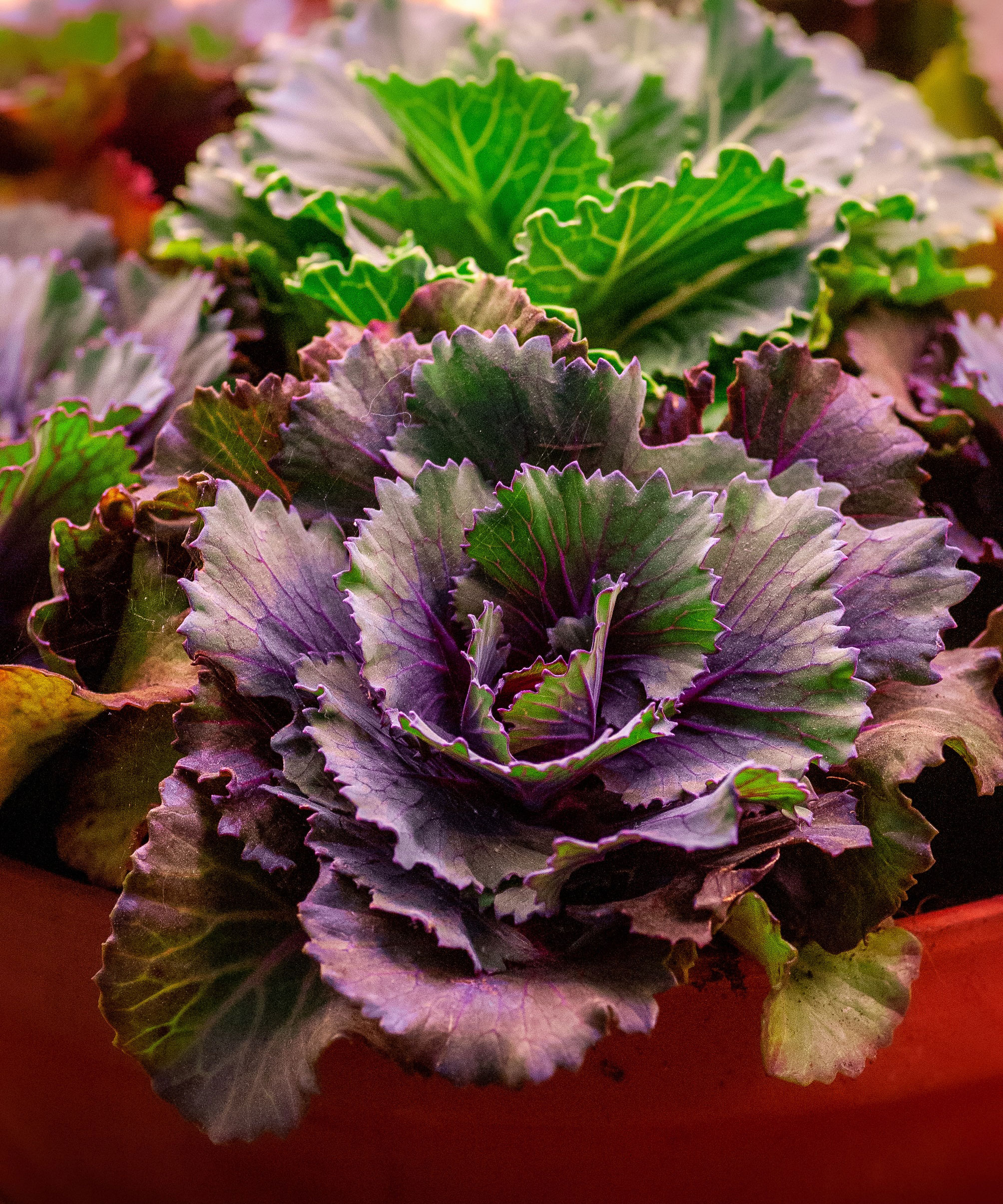
Not strictly speaking a flower, but arguably just as pretty as one, ornamental cabbage varieties cope well with the cold and will provide an attractive focal point in winter beds and borders with their colorful, frilly leaves.
Be patient with these unusual beauties, though, as they need a good bout of frost or prolonged period of cold weather to develop their colorful pigmentation.
You can source ornamental cabbage plants from local nurseries in fall and they like fertile, well draining soil.
Trees and shrubs to plant in November
November is the time to plant trees and shrubs.
'Root growth is critical for young trees and shrubs to have a strong start, and most root growth happens when the air is cooler than the soil and plant energy returns downward in the northern hemisphere,' explains Justin West, co-founder of landscaping design company Thrive Lot.
1. Blueberries
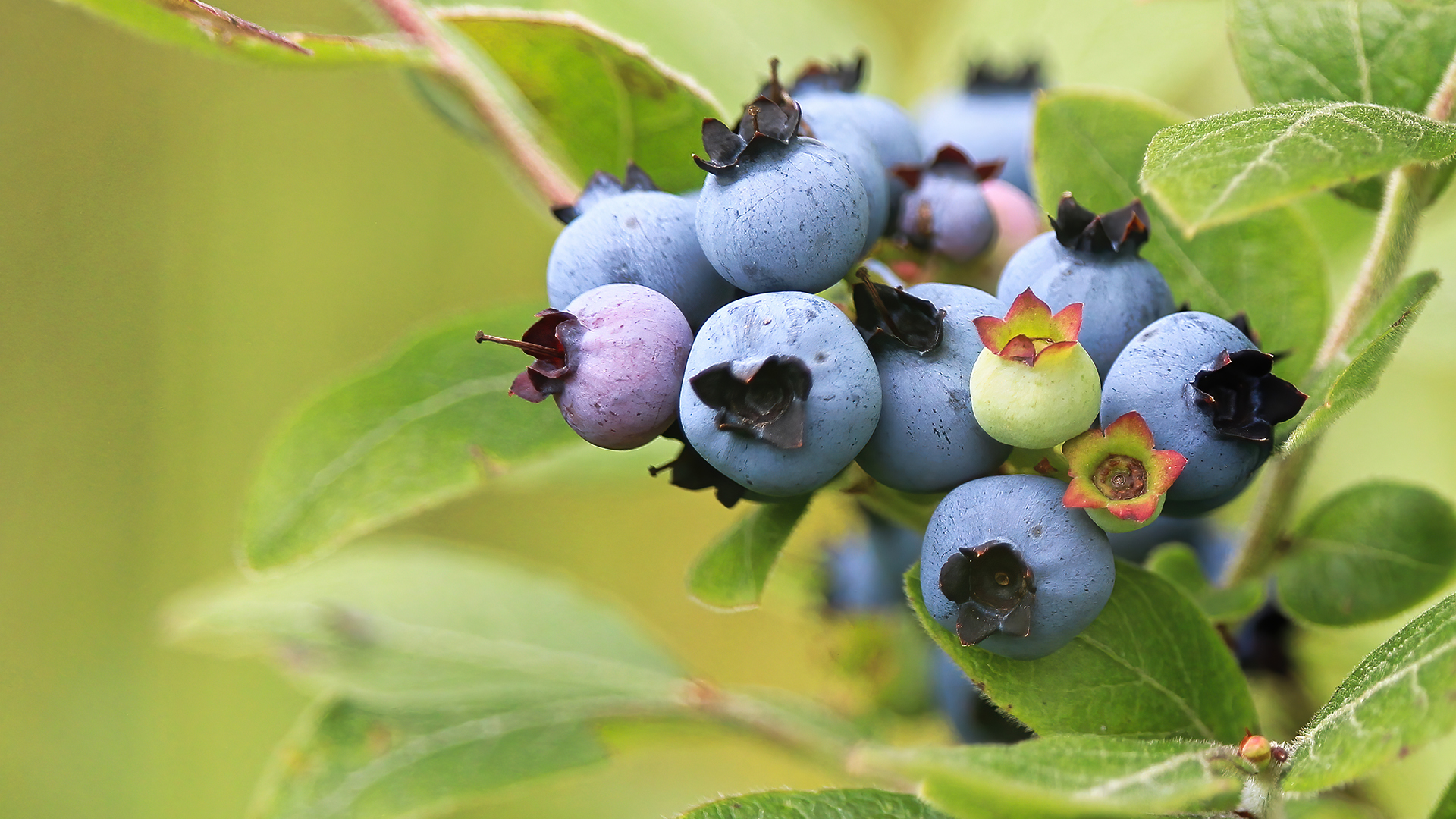
You can tickle your tastebuds with the variety of fruit trees and bushes to plant now, but among Justin's favourites to plant in November are blueberries.
Blueberries like very acidic soil, so will do well in areas where you successfully grow other acid-lovers, such as rhododendrons, azaleas and camellias.
Arm yourself with the knowledge you need for how to grow blueberries, then dig a hole wide and deep enough for the plant’s base so it sits just below soil level. If you're unsure whether the soil is sufficiently acidic in your beds and borders, then plant the blueberry trees into large containers of ericaceous potting mix.
Regularly feed container plants with liquid fertiliser made for acid-loving plants. Mulch plants in the ground with acidic organic material such as leaf mold, or pine needles, but don't use manure, which is too rich.
2. Roses
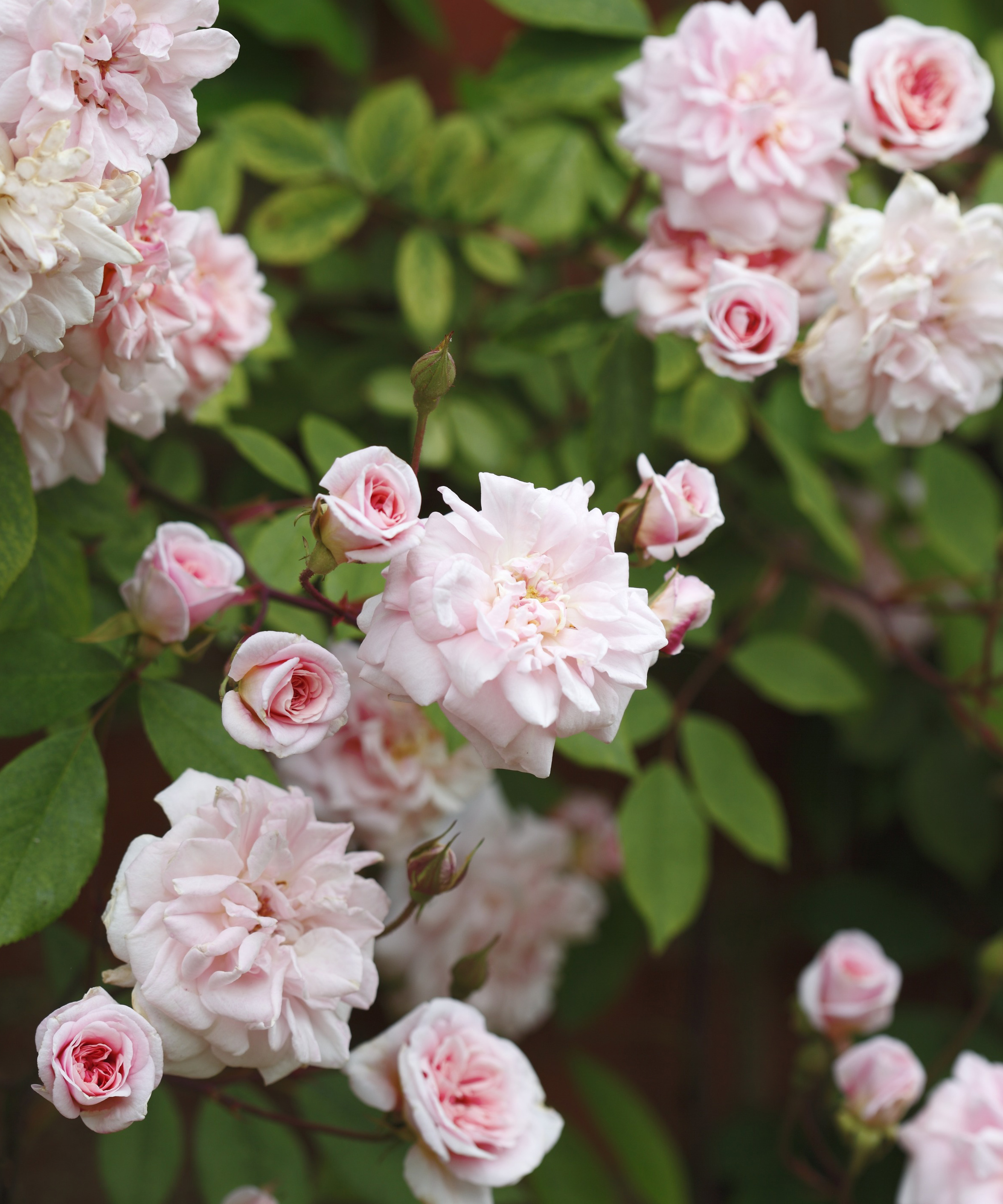
With their beautiful, fragrant blooms in myriad hues, roses are a longstanding garden favorite.
Planting bare root roses is an economical and successful way to achieve a beautiful rose display. These twiggy, soilless specimens don't look much when they arrive, but their roots will establish better they will soon transform into blooming beauties come summer.
You can buy bare root roses from late fall and they are best planted in their dormant period, between November and March
How to plant roses will vary slightly depending on what type of rose you chose for your garden, so do your research first.
'Fertile soil is key to growing roses, so if you have poor soil you need to first improve it by digging in compost or well-rotted manure,' advises plantswoman Sarah Raven.
'Most roses need a spot in full sun to flower well,' she adds.
3. Japanese maple (Acer palmatum)
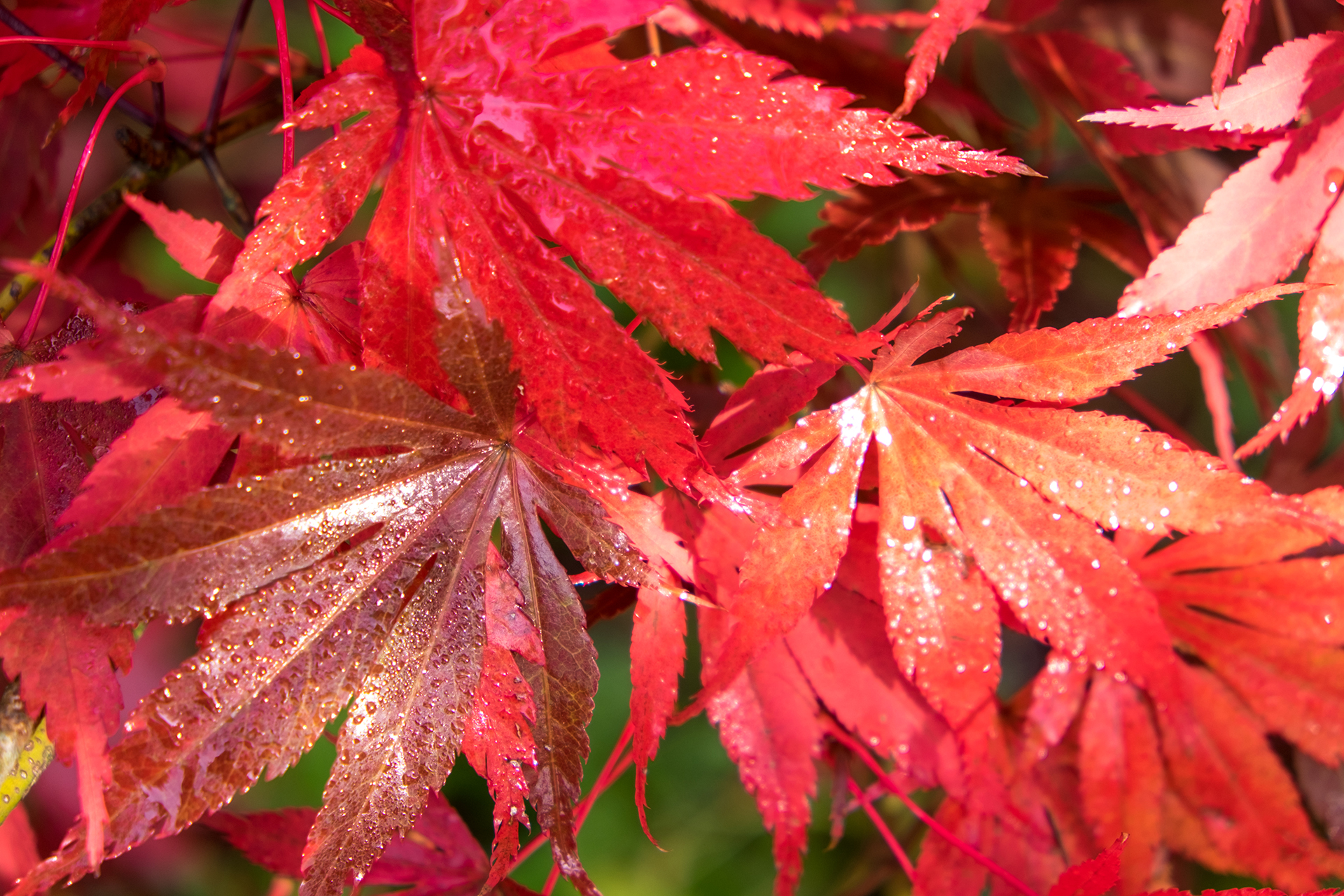
Japanese maples make a wonderful addition to gardens in fall, their breathtaking foliage ranging from deep purple, through crimson, orange and gold.
Fall is the best time to plant these deciduous beauties, preferably at least a month before the first strong frosts, so they have time for some root growth before winter.
Put down a good layer of mulch around the tree after planting, and keep it well watered until winter.
'Japanese Maples have a reputation for being hard to grow, but this is largely undeserved,' say the experts at Jackson Nurseries.
They advise that getting the location right is key – in a sheltered position away from strong winds, and they do not like very dry, waterlogged or alkaline soil.
4. Deciduous hedging
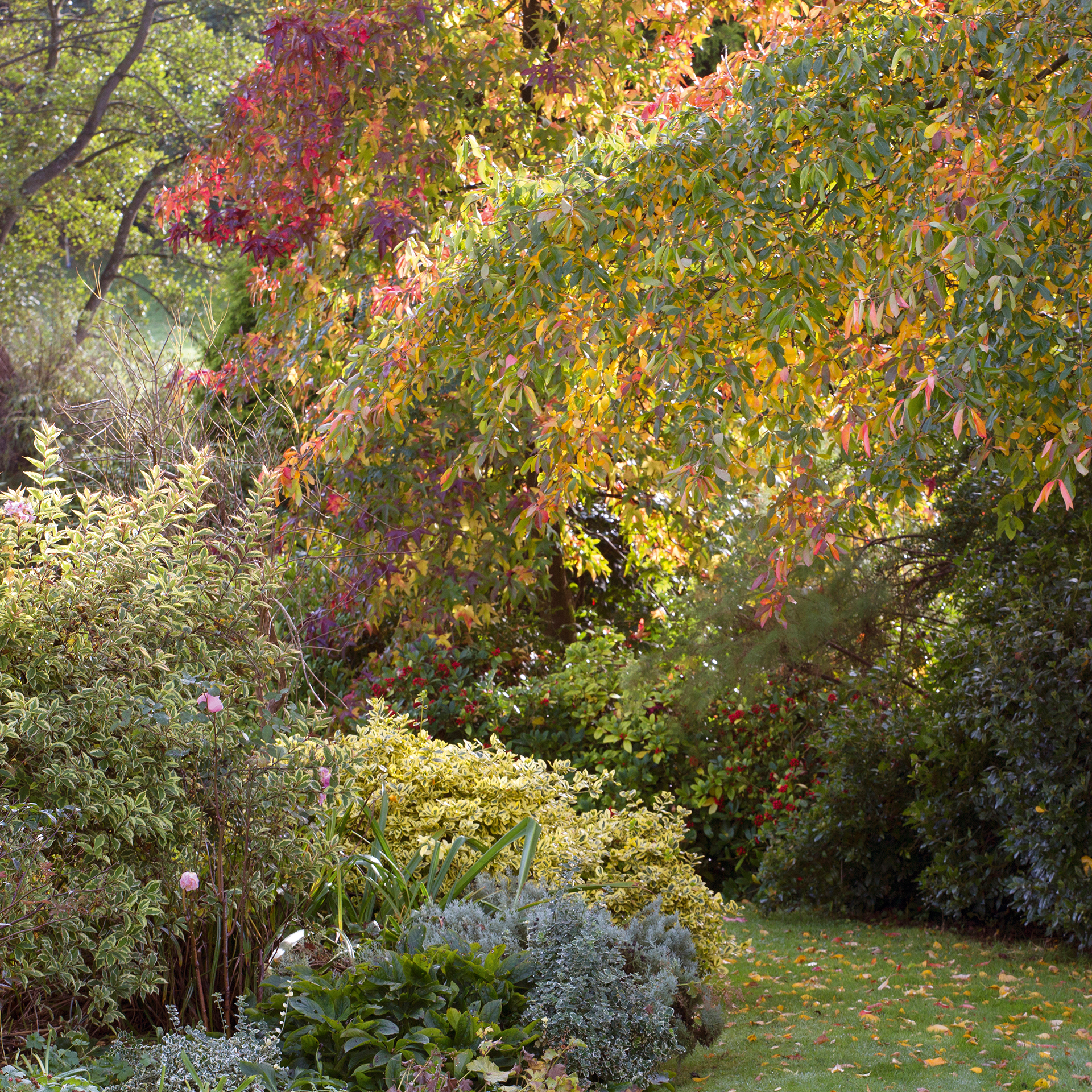
Hedging is a great way to divide your garden into different areas, and is also an attractive alternative to fencing that is good for wildlife, with some varieties providing both food and shelter.
Planting deciduous hedging bare root in its dormant season is the most cost-effective way to establish a new hedge.
There are many choices, which are also the best trees for autumn color, that can be planted now, including hornbeam and sweet gum.
Sign up to the Homes & Gardens newsletter
Design expertise in your inbox – from inspiring decorating ideas and beautiful celebrity homes to practical gardening advice and shopping round-ups.
Rachel is senior content editor, and writes gardening content for homesandgardens.com, Homes & Gardens magazine, and its sister titles Period Living Magazine and Country Homes & Interiors. She has written for lifestyle magazines for many years, with a particular focus on gardening, historic houses and arts and crafts, but started out her journalism career in BBC radio, where she enjoyed reporting on and writing programme scripts for all manner of stories. Rachel then moved into regional lifestyle magazines, where the topics she wrote about, and people she interviewed, were as varied and eclectic as they were on radio. Always harboring a passion for homes and gardens, she jumped at the opportunity to work on The English Home and The English Garden magazines for a number of years, before joining the Period Living team.
-
 'Sexy disco-era Italy meets Japanese farmhouse in the Brazilian jungle' was the description the interior designer gave this glass-walled modernist home
'Sexy disco-era Italy meets Japanese farmhouse in the Brazilian jungle' was the description the interior designer gave this glass-walled modernist homeOffering a warm welcome that defies its stark, modernist lines, this archictectural gem is full of surprises
By Karen Darlow
-
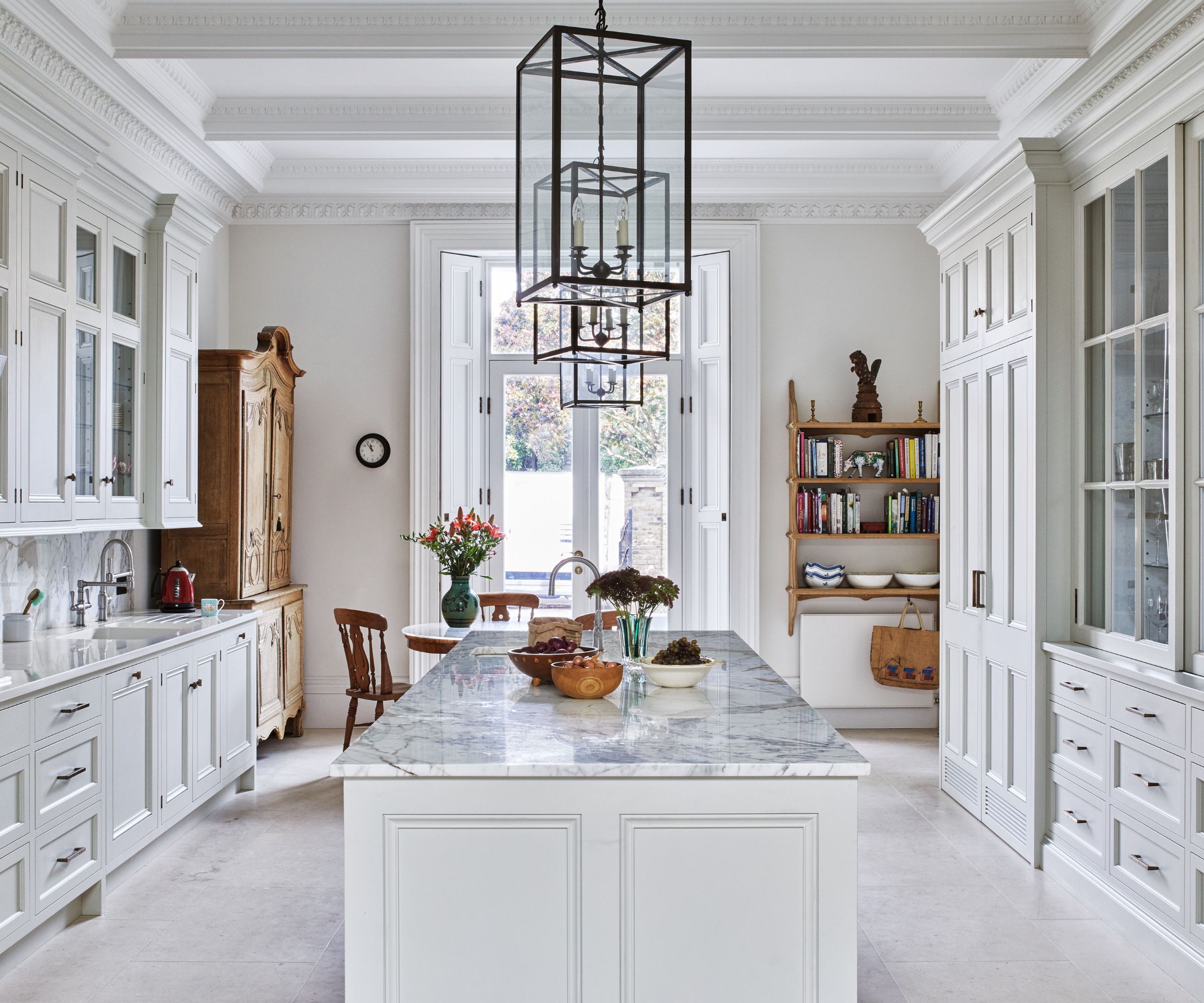 Are you making the most out of the estate sales in your area? These are the 5 most valuable items you should be shopping for
Are you making the most out of the estate sales in your area? These are the 5 most valuable items you should be shopping forVintage lovers and antique experts share the objects you should always look out for when you're exploring an estate sale
By Eleanor Richardson
-
 Water garden ideas – 9 ways to introduce soothing water to your outdoor space
Water garden ideas – 9 ways to introduce soothing water to your outdoor spaceFrom cascading fountains to wildlife ponds, there are plenty of ways to create a tranquil water garden
By Leigh Clapp
-
 How to grow poppies
How to grow poppiesFind out how to grow poppies to enjoy the beauty of these brightly colored tissue paper-like blooms
By Leigh Clapp
-
 How to grow delphiniums from seed
How to grow delphiniums from seedFind out how to grow delphiniums from seed and enjoy these colorful cottage garden favorites filling beds and borders
By Leigh Clapp
-
 How to grow ferns – when and how to plant and care for them
How to grow ferns – when and how to plant and care for themLearn how to grow ferns to enjoy the texture and form of these versatile plants in many areas of your garden
By Leigh Clapp
-
 How to grow sweet peas from seed – in borders and pots
How to grow sweet peas from seed – in borders and potsFind out how to grow sweet peas and where to enjoy their wonderful color, ruffled blooms and sweet fragrance in your garden
By Pippa Blenkinsop
-
 How to make fat balls for birds – easy steps feed our feathered friends
How to make fat balls for birds – easy steps feed our feathered friendsLearn how to make fat balls for birds to ensure their wellbeing throughout the winter
By Holly Reaney
-
 Planning a kitchen garden – from layouts to picking the best crops
Planning a kitchen garden – from layouts to picking the best cropsPlanning a kitchen garden is easy with this expert advice – whether yours is in beds, borders or a dedicated patch – you're guaranteed success
By Leigh Clapp
-
 How to grow cosmos – expert tips on when and where to plant these flowers
How to grow cosmos – expert tips on when and where to plant these flowersLearn how to grow cosmos to add bright color in your garden from summer through to fall with their beautiful blooms
By Leigh Clapp